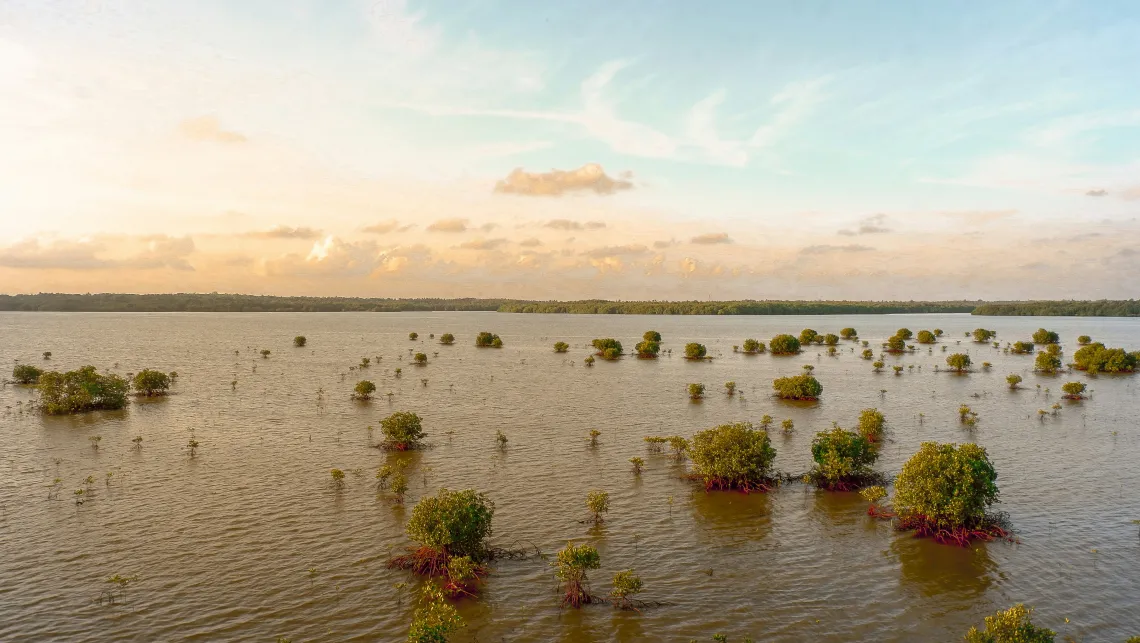Five Key Needs for Addressing Flood Injustice

Photo by rachman reilli on Unsplash.
What do Cedar Rapids, Iowa, and Tula, Mexico (a city outside Mexico City), have in common? Both have histories of communities experiencing unequal flood exposure, unfair recovery outcomes, and a limited ability to adapt to flooding. These inequalities represent what we call flood injustice, and they demonstrate how flood risk is shaped by politics and policy as much as, or perhaps even more than, by weather and climate change.
Cedar Rapids saw a major flood in 2008 that displaced more than 18,000 residents and incurred over $3 billion in economic losses. Flooding primarily occurred within affordable housing and other residential areas west of downtown. In subsequent years, when the city sought federal funding to improve flood infrastructure such as levees, removable floodwalls, and green space, these areas failed a cost-benefit analysis required to receive money for flood protections. Those same communities remain vulnerable to flooding today.
In 2021, a torrent of rain that fell on Mexico City severely flooded Tula, some 100 kilometers away, killing 15 people and damaging more than 31,000 homes. The precipitation flowed through a maze of government-funded and -controlled conduits connecting Mexico City to Tula. Thus, the 2021 flooding in Tula was not a product of extreme rainfall worsened by climate change but, rather, of infrastructure deliberately engineered to move water away from the wealthy capital city to its lower-income surroundings.
"Political decisions regarding flood infrastructure often end up keeping the most disadvantaged in harm’s way, a lesson that research continues to highlight."
When a storm hits, water must go somewhere. These cases from Cedar Rapids and Tula teach us that political decisions regarding flood infrastructure often end up keeping the most disadvantaged in harm’s way, a lesson that research continues to highlight.
In the United States, racial minority groups are more likely to live in “flood hot spots” [Tate et al., 2021] and experience higher mortality and flood damage [Tellman et al., 2020]. Globally, the most important determinant of flood-induced mortality is inequality, not levels of economic development. Indeed, flood protection is concentrated for the wealthy through various structures of inequality, leaving underserved communities vulnerable.
Fortunately, momentum is gathering to address environmental inequities. The U.S. federal government is making historic investments in environmental justice. The United Nations Climate Change Conference approved and funded a “loss and damage” mechanism to hold carbon-polluting countries financially accountable to low-income countries that experience the brunt of climate impacts. An unprecedented opportunity now exists for researchers, community organizations, governments, lawyers, and activists to address the underlying social drivers of inequality contributing to flood injustice.
To bring attention to the importance of flood justice and opportunities for engagement, our author working group, in partnership with the Arizona Institute for Resilience and the Center for Climate Adaptation Science and Solutions, held the first Flood Justice Symposium at the University of Arizona in April 2023. During the 2-day symposium, participants identified five key priorities that could be helped by increased research and civil engagement: better flood exposure data, understanding mechanisms of urban development that contribute to flooding, flood impact metrics that promote equity, improved transboundary collaboration before and after flood events, and broadening participation and coproduction in research.
Originally published by EOS on February 13, 2024.

